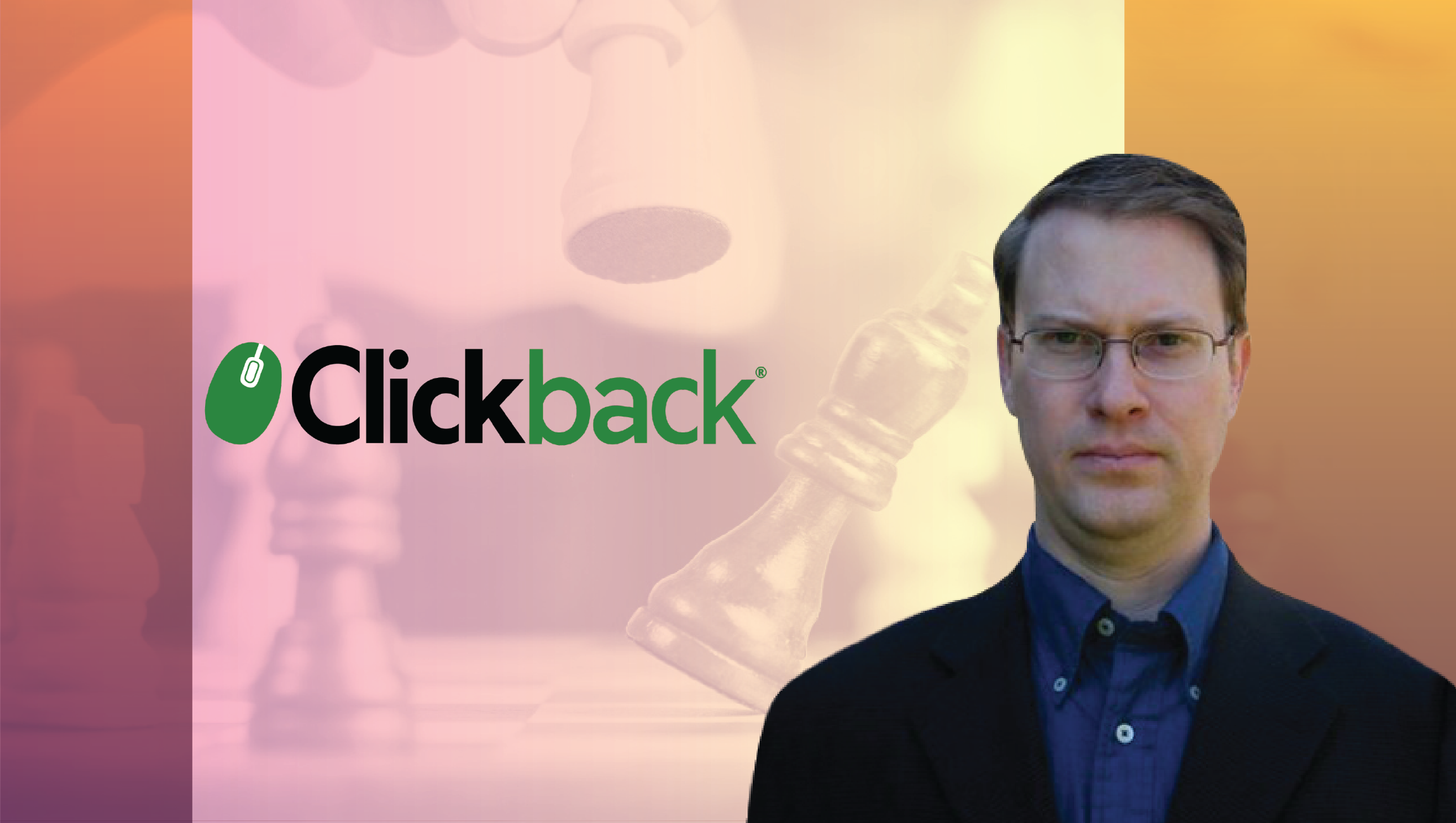Commissioned in Response to Current Advertiser Concerns, Study Finds Brands Who Employ a Content Targeting Strategy on Youtube Are Able to Safely and Credibly Increase Favorability and Drive Purchase Intent Among Desired Audiences, Over Other Targeting Methods
Zefr, a technology company that provides content targeting solutions for brands advertising on YouTube, announced the results of an in-depth study conducted by MAGNA the intelligence, investment and innovation unit within IPG Mediabrands, and IPG Media Lab, the media futures and advisory arm of IPG Mediabrands, which examined if brands can effectively reach consumers on YouTube without relying on audience data. Commissioned in response to advertisers’ mounting concerns around data, safety and privacy on the platform, the study captured the reactions of over 3000 consumers as they were exposed to the same advertisements delivered via three popular methods: content targeting, demo targeting and channel targeting.
The study revealed content targeting, over all other methods, to be the most effective approach for brands looking to capture the interest of desired audiences. It also found content targeting to be an especially formidable foe to ad skipping, which is one of the industry’s most persistent and widespread obstacles. In fact, ads that were viewed as being relevant to content were less likely be skipped on mobile devices. According to the study, consumers who were fed ads via content targeting on mobile achieved up to 34 percent higher completion rates over other targeting methods, and they found content targeting to be up to 33 percent less intrusive than channel or demo targeting as well.

“The way advertisers operate on platforms like Facebook and YouTube is under more scrutiny than ever before,” said Rich Raddon, co-CEO of Zefr. “Between questions on audience data collection, brand safety concerns and legal challenges like GDPR, brands are in need of a new approach that will help them reach the right audiences in a safe and suitable way. We’ve long been big believers in the power of content targeting at the video level, and how it can help brands effectively reach consumers without relying on audience data or violating their privacy, but this study takes our information to a whole new level. It is clear that content targeting is the most powerful and effective approach for brands advertising on YouTube available in the marketplace today.”
Also Read: New Forrester Study Finds Data Transparency to be The Next Issue to Solve for Ad:tech Industry
The study, conducted over the first quarter of 2018, tested how content targeting (when a video advertisement is directly aligned with content at the video level), demo targeting (when a video advertisement uses demographic signals to reach the desired audience) and channel targeting (when a video advertisement is run on popular YouTube channels) performed across campaigns from Hulu, Jeep and a major CPG brand.
Yet, while the study points to consumers’ appreciation of content targeting, it also shows that when ads are misaligned with content, it can annoy desired audiences. In fact, some respondents went so far as to say that when they viewed an ad that seemed misaligned, they felt the advertiser didn’t know what they were doing and that they didn’t care about their potential customers. And, worse yet, when ads ran in front of misaligned content, it could easily become detrimental to brand perception.
To help ensure brands align with the right content and meet their brand safety requirements, Zefr’s unique video-level content targeting solution enables advertisers to have a highly curated YouTube environment, in which every video is vetted for safety. This video-level, content-first solution differs from channel level solutions, which traditionally evaluate channels based on their past history, popularity and subscriber count. As an added safety measure, Zefr also leverages this video-level approach to measure the suitability of entire channels for brands. This ensures that disreputable or toxic channels are not included in Zefr’s inventory. Thousands of toxic channels and all of their videos have been deemed ineligible for Zefr’s curated whitelist solution.
Recommended Read: If AI is Going to Make You a Better Marketer, You Need to Know These Four Things











